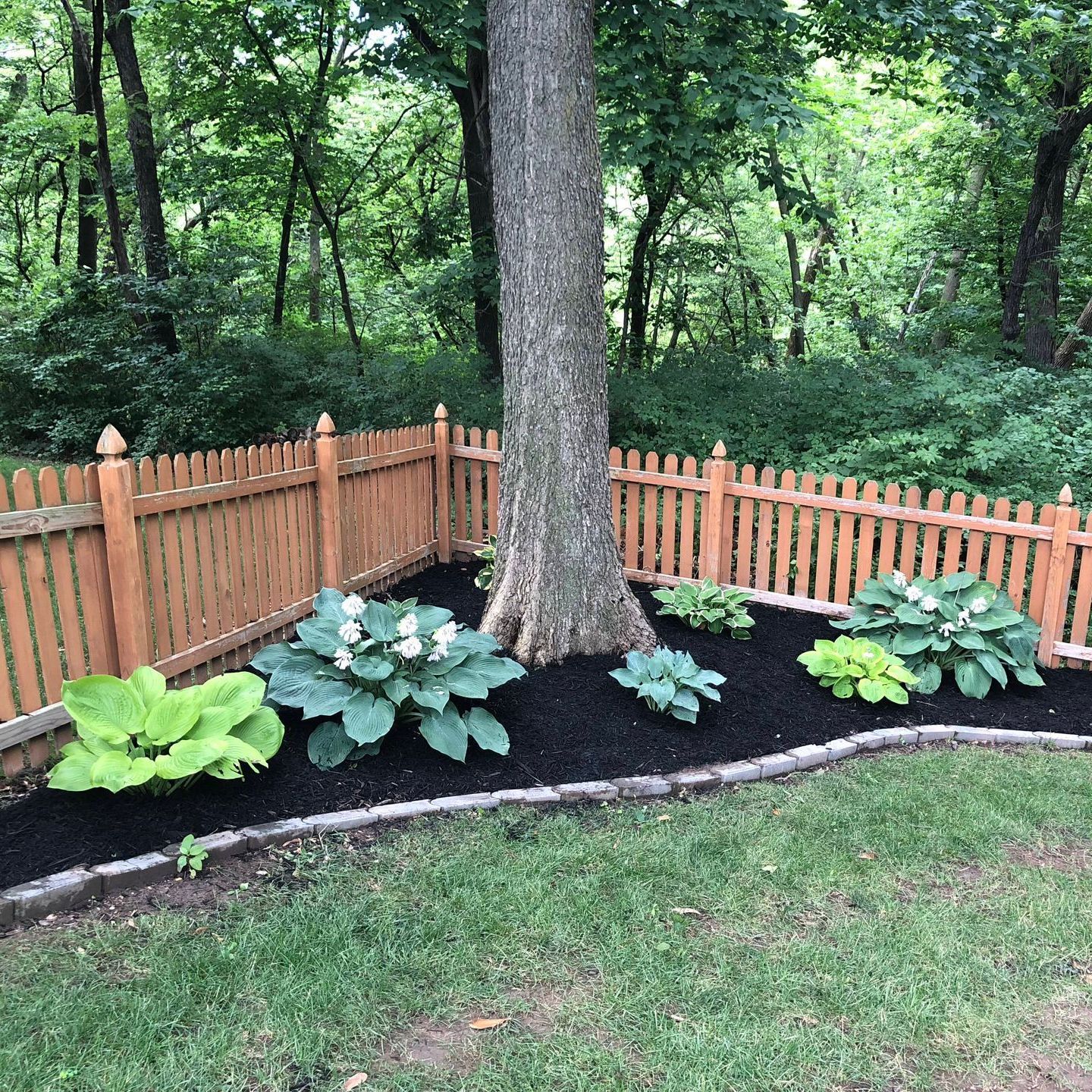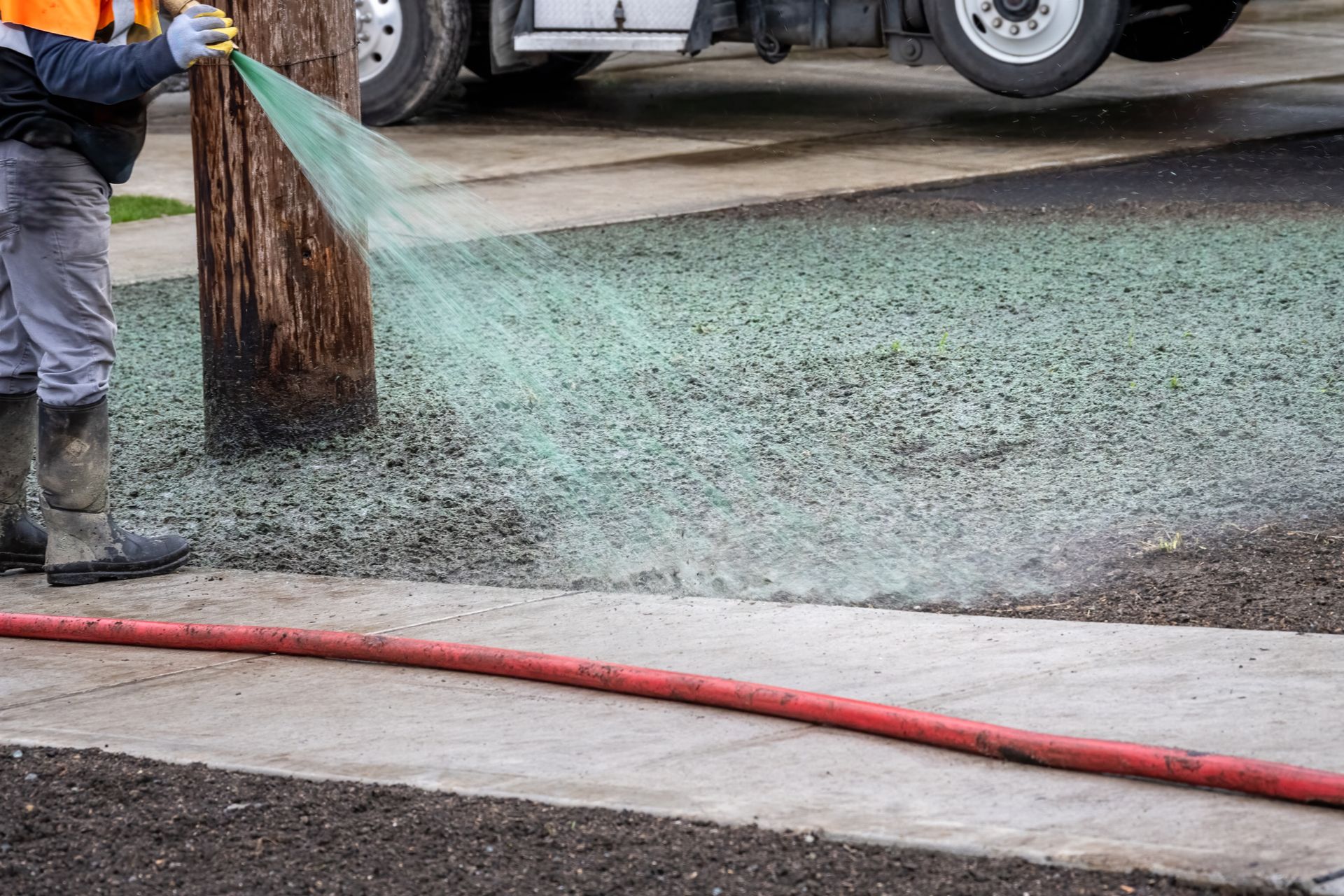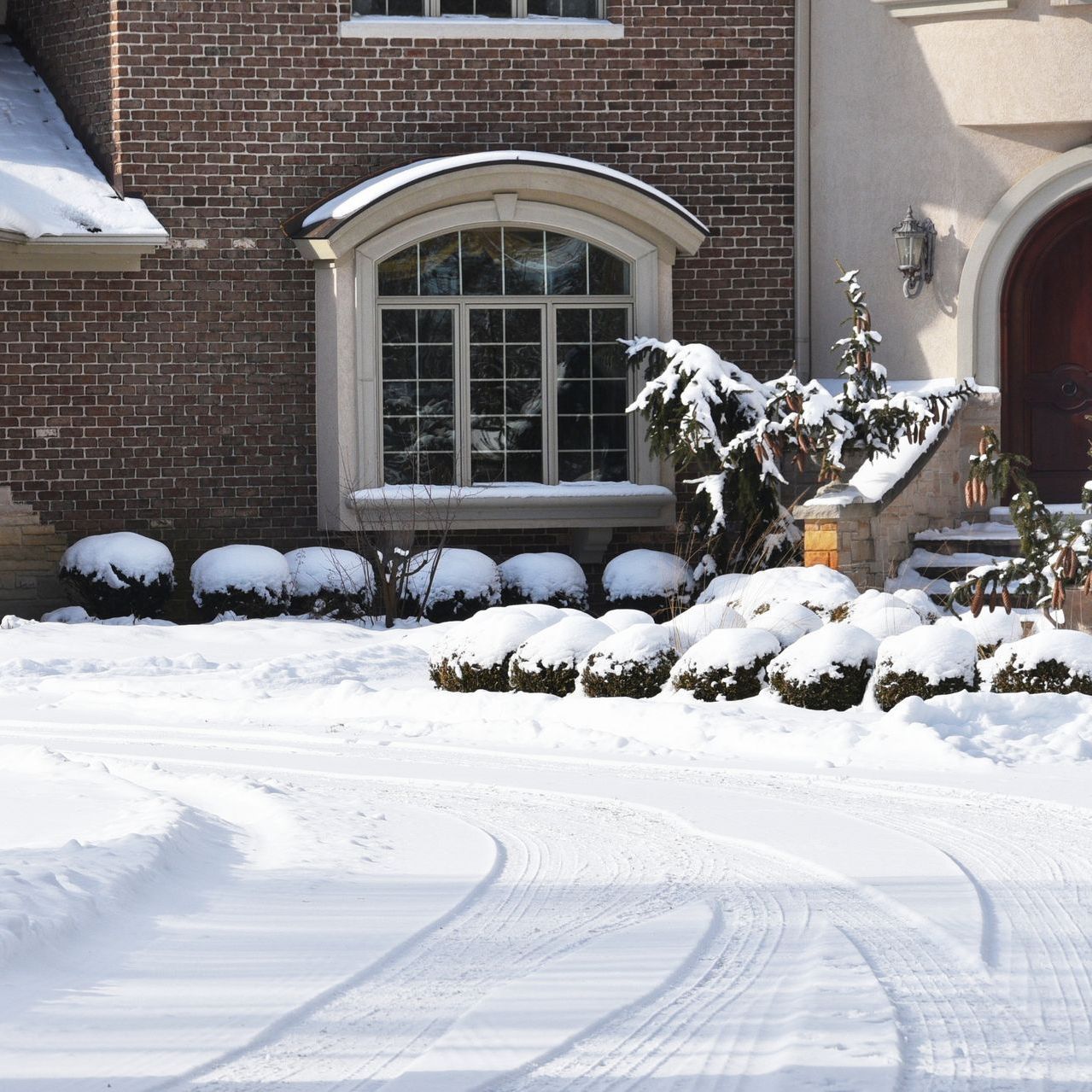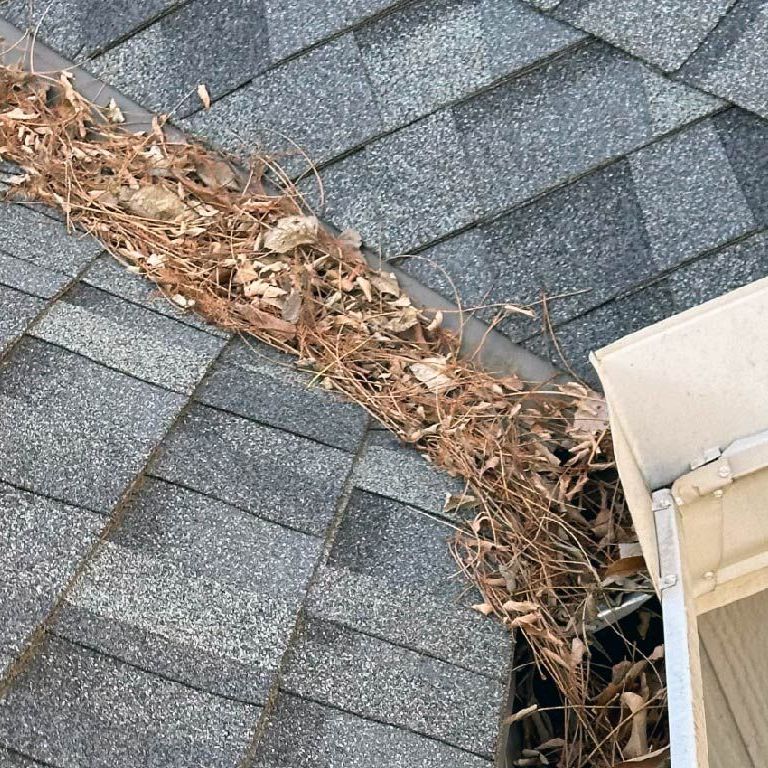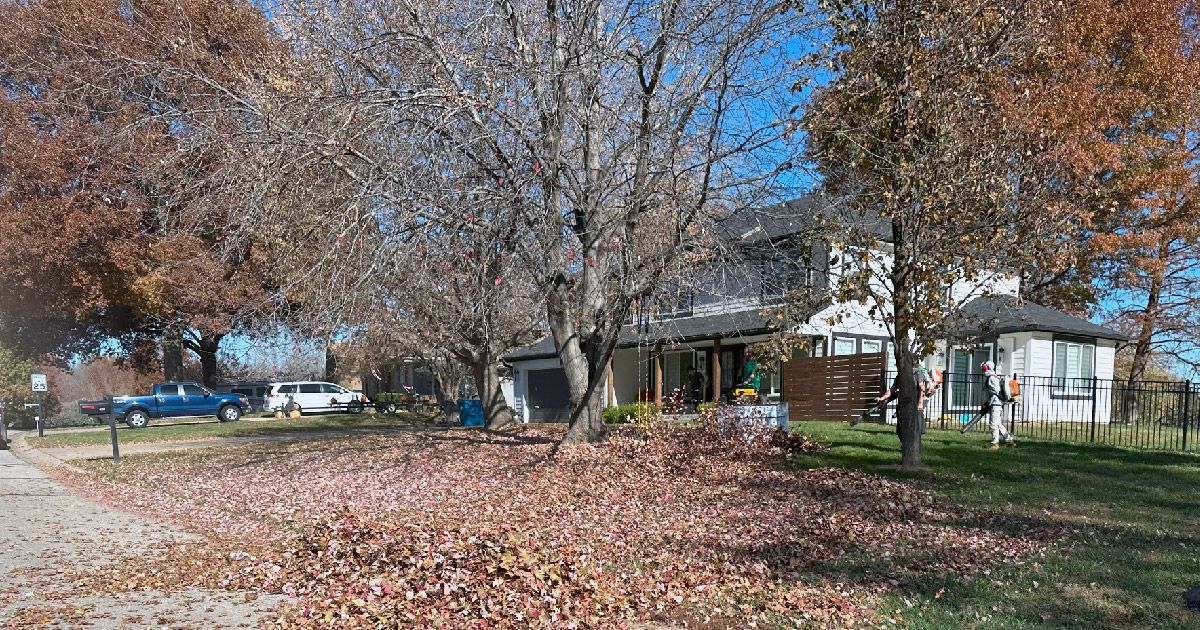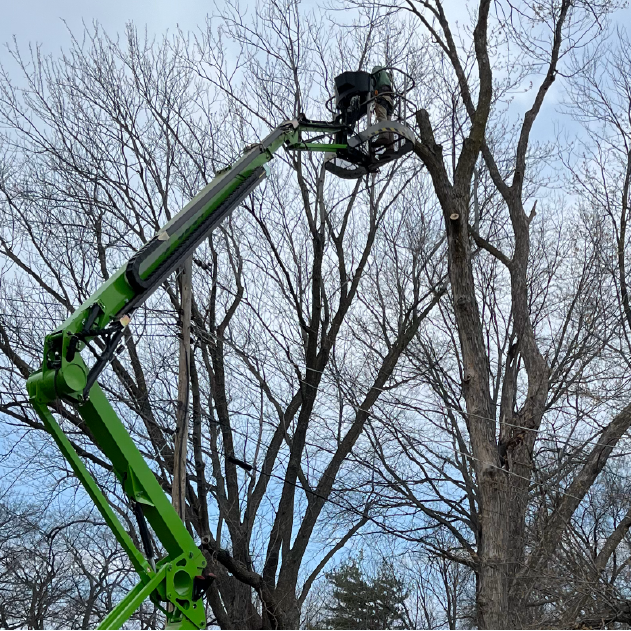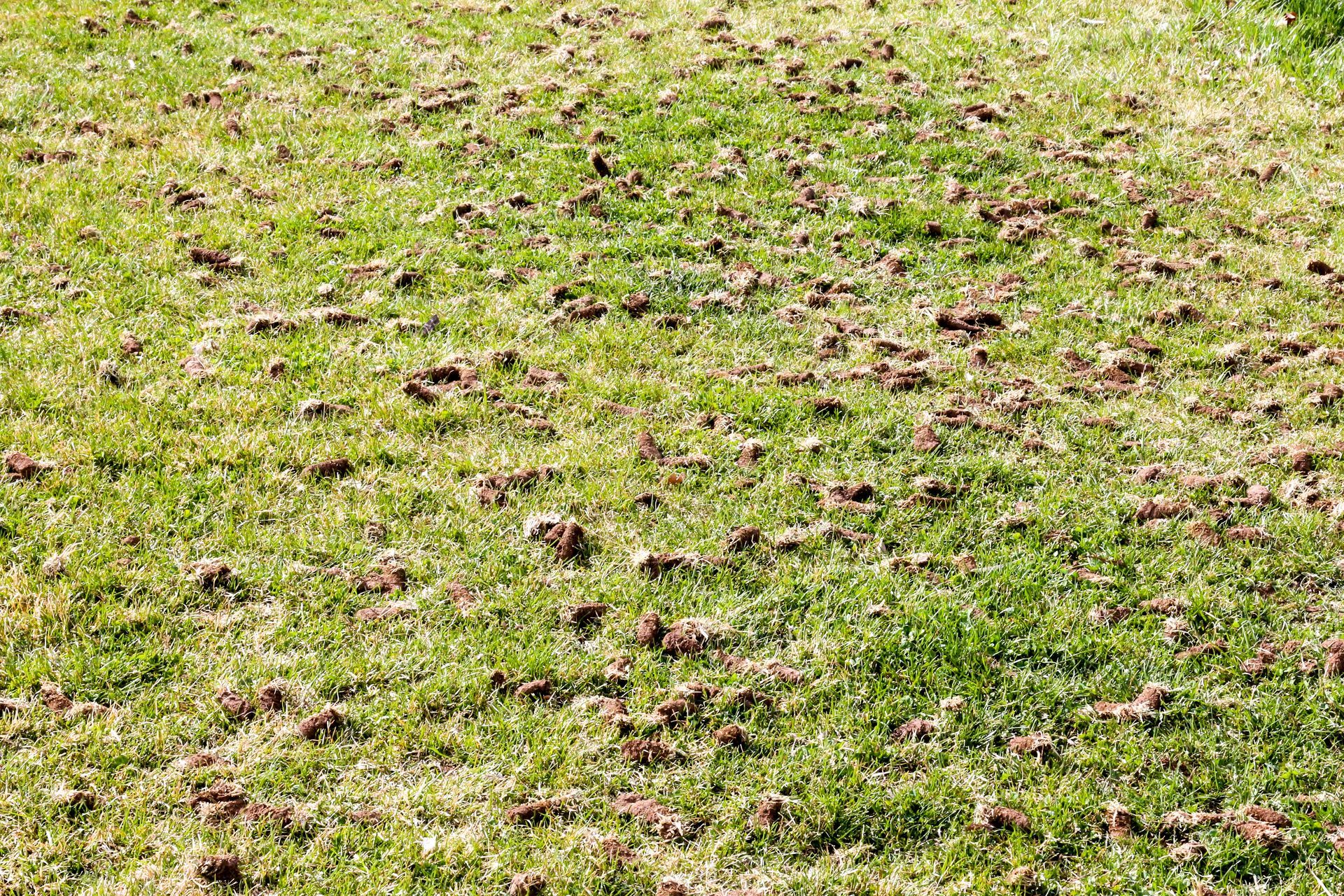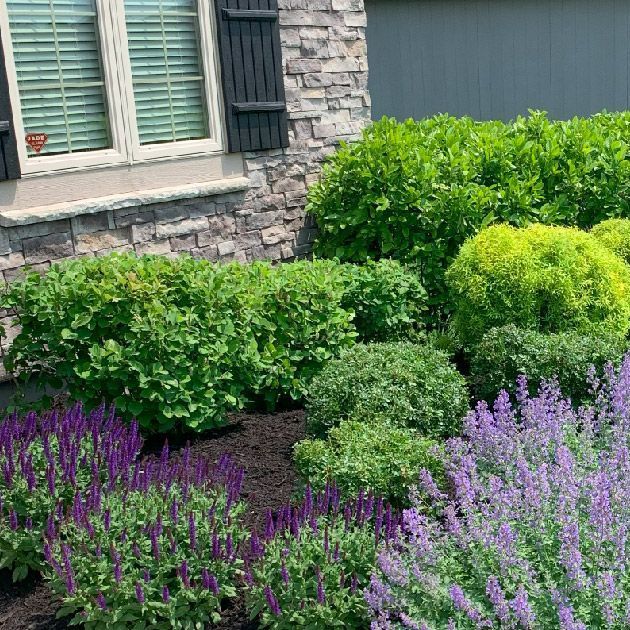Do's and Don'ts for Spring Yard Preparation
As the temperature starts to rise and the days get longer, spring is a great time to take steps towards preparing your lawn and yard for summer. Spring yard preparation can help ensure you have lush green grass that makes outdoor activities enjoyable during peak season. However, with so many maintenance tasks available it can be hard to determine which ones will give you the best results - this is where we come in! In this blog post, we'll cover some of the do's and don'ts of successful spring yard preparation, from proper irrigation methods to weed control strategies - everything you need to know for a beautiful lawn all year long!
Do's for Spring Yard Preparation:
Preparation should focus on pruning and trimming off any dead or overgrown branches, leaves, and other debris. Make sure to use a good pair of loppers to help make clean cuts when trimming small branches and shrubs. In addition, it's important to give your lawn the essential nutrients it needs such as nitrogen to maintain its health and vigor this season. Regular fertilizing can ensure that your lawn stays thick and green all year long. Lastly, don’t forget to clear pathways which may have become overgrown with weeds in order to ensure safe passage throughout your yard. By following these simple do’s you can enjoy a beautiful outdoor space this spring.
a. Clean out beds and borders by removing dead plants, leaves, and weeds:
Regular cleaning out of beds and borders is essential to having a beautiful yard. Decaying plants, leaves, and weeds can become a hazard if left to pile up. For this reason, it's important to take some time to remove these items from your outdoor space at least several times throughout the year. Doing so will ensure that nothing gets compacted into the soil or blocks sunlight from otherwise healthy plants. It also allows for better inspection of any potential risks, helping you to ensure the overall health and condition of your garden environment. Get out there regularly and clear off those beds and borders!
b. Prune trees and shrubs for a neat look and to encourage new growth:
Pruning trees and shrubs can be essential for a neat look, as well as for encouraging new growth. Removing dead or crossing branches on established plants can allow light and air to penetrate more easily, and can also deter plant diseases from occurring. It’s important to note that not all plants will benefit from hard pruning so research should be done prior to doing anything that could harm the plant. Doing it at the right time of year is also very important – some plants should only be pruned in the winter months, while others may respond better if pruned towards the end of spring or during summer. Remembering these tips when starting your pruning project can help ensure you achieve a nice looking garden with healthy plants!
c. Plant flowers and other vegetation to add color to your yard:
Plant flowers, trees, shrubs and other vegetation around the yard to introduce some bright hues and foliage into the space. Incorporating seasonal flower beds can make your yard look alive and full of vibrancy during all times of the year. By adding these small details, you'll end up with a beautiful oasis that will offer so much more than a mowing chore every weekend. Having beautiful plants in your yard also helps encourage local wildlife, bringing even more joy when you've successfully created a vibrant habitat for our feathered friends.
Don'ts for Spring Yard Preparation:
Before you roll up your sleeves and get to work, however, it is important to understand the don'ts of spring yard preparation. For example, do not apply too much fertilizer, or you can easily cause burning or discoloration to your flowering plants; similarly, do not prune shrubs that are just starting to flower, as this can reduce their blooms and spoil the aesthetic value of your outdoor space. Additionally, when prepping your lawn for planting new grasses or flowers, do not use tools that dig too deeply into the soil as this can cause compaction issues later on in the season. Ultimately, understanding these dos and don'ts for Spring yard preparation will help you achieve a beautiful outdoor space for the warmer months ahead.
a. Don't overwater - too much water can lead to root rot or other problems:
Consistently overwatering your plants can lead to nasty and long-term issues like root rot, a condition that weakens the plant's roots and prevents it from absorbing minerals, water and even oxygen. Overwatering garden beds can also suffocate plants due to an absence of oxygen in the soil. To avoid such problems, construct raised beds for gardening since this design allows for better drainage and keep an eye on the texture of the soil. When it feels dry to the touch and dark but shows signs of crumbling when lightly handled, that is a sign that you should probably water it soon – not too much though!
b. Don't use too much chemical fertilizers:
When planning our gardens, it's important to remember not to get carried away with chemical fertilizers. While they may offer short-term results, they can be detrimental in the long run. By using an excessive amount of fertilizers, we risk creating soil that is too alkaline or acidic and this may cause plants to become stunted or even die. These chemicals can also seep into the ground throughout our neighborhoods and end up in local water sources. Chemicals such as pesticides and fungicides have been linked to various destructive conditions in both people and animals. In order to keep a healthy and sustainable garden, try using low-risk organic methods such as composting instead.
c. Don't leave debris in your yard - make sure all branches, twigs, etc., are cleared away:
Taking care of your yard can seem like an overwhelming job, but one important detail should never be overlooked: clear away all debris. Branches, twigs, and other small objects that are left in your lawn can cause numerous issues: they can provide a habitat for pests like termites and rats; they can damage mowing and landscaping equipment when not cleared away promptly; finally, branches and twigs that have been mulched or chopped up for composting will not be effective unless removed from the yard. Taking the time to dispose of these items properly is incredibly important - don't neglect it!
Bonus Tips For Spring Yard Prep:
If you’re looking for some bonus tips beyond the usual mowing, trimming, and edging, first check in with your local nursery or agricultural extension office. Ask them about the native plants, trees, and shrubs that would be best suited for your climate and growing conditions. Then, make sure to aerate your soil to give it some much needed oxygen so that your plants can better access essential water and nutrients. Finally, don’t forget the basics of mulching efficiently around all of your plantings. It will help conserve moisture while also suppressing weeds! Taking these extra steps now can help ensure a hardier garden optimized for growth in the next few months.
a. Add mulch to revitalize soil and keep moisture in the area:
Adding a layer of mulch around your garden and plants can give an immediate boost to the health of the area. Mulch is a fantastic natural resource that helps revitalize soil by adding organic material such as wood chips, bark, compost, or leaves. This provides nutrients and gives the soil a structure that allows it to retain moisture better. Not only does adding mulch keep your plants happy and healthy, it also looks great and provides your garden with an overall polished look! Investing in some quality mulch for your garden or lawn can help you maximize its potential for years to come.
b. Check for pests such as ants or termites that may have stayed over winter:
As temperatures cool and the snow falls, it's easy to forget that pests can be a problem during the winter months. But when spring arrives, you'll want to check your property for any ants or termites that may have taken up residence while it's been too cold outside. These pests can cause significant damage to buildings, furniture and crops, so they need to be dealt with immediately. It's important to inspect your property regularly and treat any areas where you spot active colonies of ants or termites right away. With a bit of vigilance, you can protect your home from pesky infestations all year round.
c. Consider adding decorative planters or trellises to enhance the look of your yard:
Adding decorative planters or trellises to your yard is a surefire way to make the outdoor area feel more homey and inviting. Planters are great for sprucing up any garden space, whether they're used as centerpieces or lined up along walkways. Not only do they improve the aesthetics of the garden, but they also serve as a practical option for housing small potted plants that require more intricate care than other larger plants could provide. Trellises are also useful for adding structure and visual appeal to an outdoor space. Whether you pair them with climbing vines or hang decorations from them, these versatile outdoor decor pieces will help dress up gardens and patios alike with little effort on your part.
Conclusion:
By following these do's and don'ts for yard preparation, you'll be sure to spruce up your outdoor space in no time! Clean out dead plants, prune trees and shrubs, and plant flowers - but don't forget to keep an eye on water levels. Further, mulch is an excellent addition that can help retain moisture while providing nutrients to the soil. Lastly, consider adding architectural elements such as planters or trellises to give your yard a special touch. Now that you know what it takes to get ready for spring, why not make it even easier? Give us a call and we can help you out with all of your backyard needs for the upcoming season.
